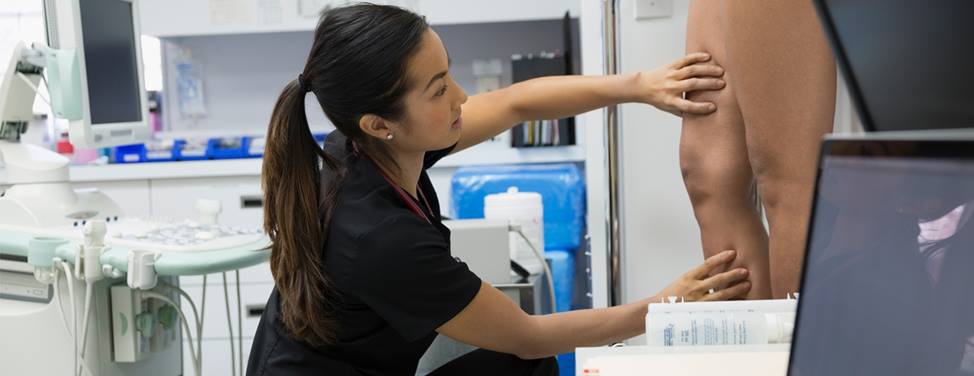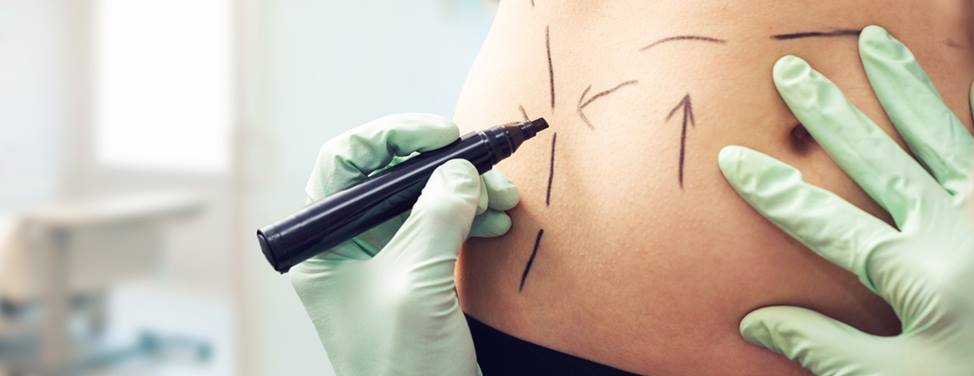Laser treatment for tattoo removal has improved significantly over the years, making it easier and less painful to remove unwanted tattoos. However, it is important to note that complete tattoo removal is difficult in many cases, especially for people who have dark skin or multicolored tattoos.

Laser Tattoo Removal
Lasers use a powerful burst of energy to shatter the pigments, or inks, within a tattoo into tiny particles which are then easily removed. Different types of lasers are used for each color of ink. At UCSF, we offer a full range of lasers to treat different tattoo colors.
Preparation
If you are considering laser tattoo removal, you will first meet with a dermatologic surgeon for a consultation to discuss your cosmetic goals. You will also discuss your medical history, including previous surgeries, present and past health problems, medications, as well as nutritional and herbal supplements you are taking or have taken at some time.
We will discuss risks, benefits and likely outcomes of laser tattoo removal during the consultation. Photographs may be taken to compare before and after results.
Procedure
Each tattoo is unique and requires a different number of treatment sessions. While many patients want to know the exact number of treatments they will need, this is difficult to predict. The number of sessions required depends on a variety of factors, including tattoo size, color, location, age of the tattoo and amount of ink in the skin.
Some patients are able to complete their treatments with five to 10 sessions. However, many patients need additional treatment sessions, up to 20 sessions in some instances. Typically, treatment sessions are scheduled six to eight weeks apart.
Tattoo laser removal can be uncomfortable. To make you more comfortable, we can numb the skin with an injection of a local anesthetic before treatment begins.
You will be given protective eye goggles to wear during treatment. The procedure can last from five to 20 minutes depending on the size and type of your tattoo.
You will need repeated sessions to lighten the tattoo, and it may not be possible to completely remove all the ink. Bright, multicolored tattoos are the most difficult to remove and frequently require the most sessions.
Recovery
After the procedure, you may experience swelling and possibly blistering or bleeding. It is very important to keep the area as clean as possible by washing and using a petrolatum ointment for several days to promote healing. You must also keep the area covered with a clean, sterile bandage for about one week following treatment until the skin heals.
Risks
As with any procedure, there are risks and benefits. The most common side effect is an incomplete removal of the tattoo ink, despite undergoing multiple treatments. It is impossible to predict which tattoos will respond completely and which will not.
Occasionally, the texture or pigment of the treated skin may change. Certain tattoo colors, such as white, bright colors, and flesh colors can have a reaction that makes them turn black immediately following treatment. These black reactions can be treated with laser, but this will increase the number of treatment sessions required.
UCSF Health medical specialists have reviewed this information. It is for educational purposes only and is not intended to replace the advice of your doctor or other health care provider. We encourage you to discuss any questions or concerns you may have with your provider.
















